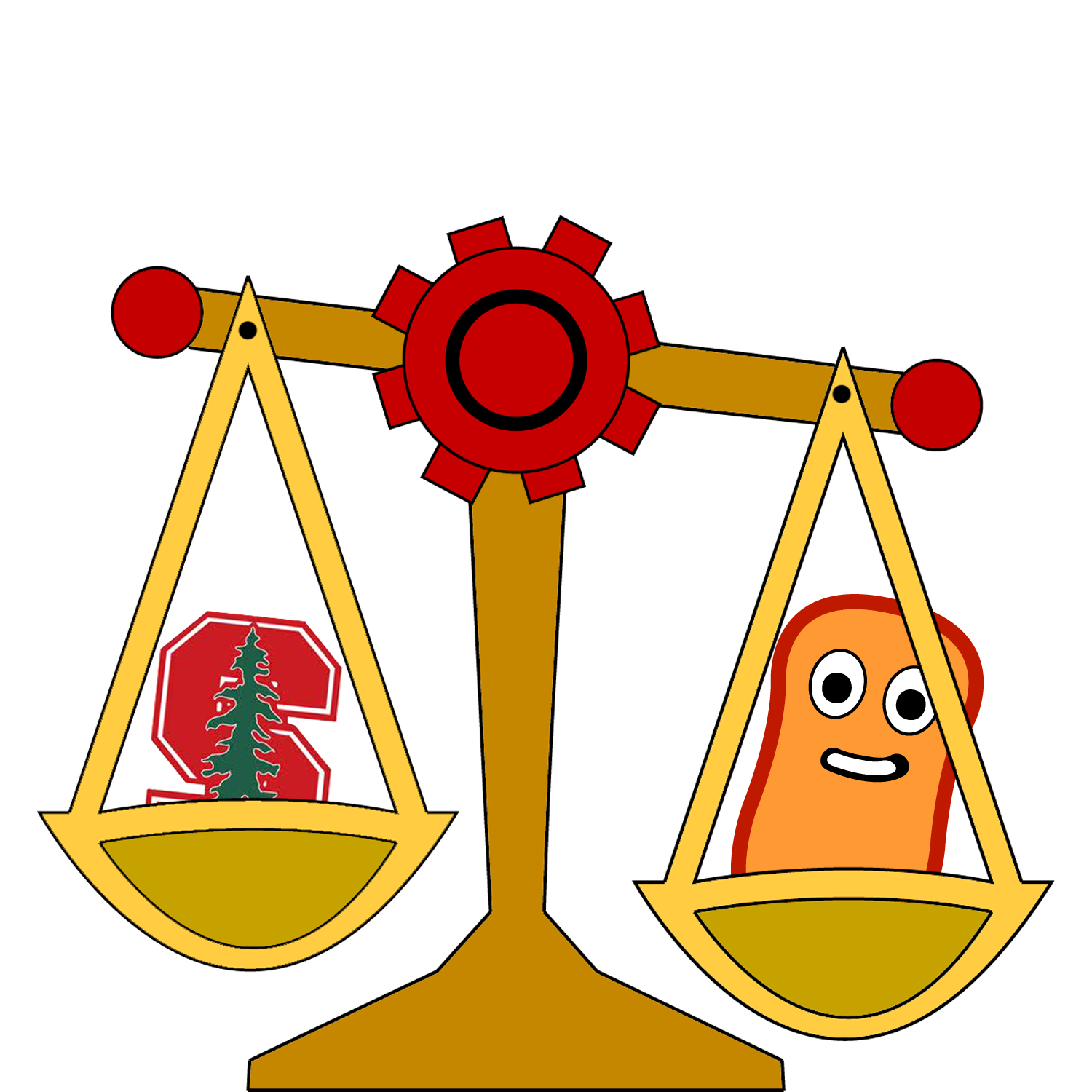Team:Stanford
From 2010.igem.org
| Line 21: | Line 21: | ||
Ratios run the biological world, from the complex functions of the Circadian cycle to minute stoichiometric interactions. And yet synthetic biologists have so far had no way of utilizing chemical ratios as means of controlling cell behavior. Until now. | Ratios run the biological world, from the complex functions of the Circadian cycle to minute stoichiometric interactions. And yet synthetic biologists have so far had no way of utilizing chemical ratios as means of controlling cell behavior. Until now. | ||
| - | With the Stanford 2010 team's ratio sensors, synthetic biologists will be able to create more responsive genetic machinery capable of solving all sorts of problems. Why not take a look at a few examples on our [Team:Stanford/Applications| Applications]] page? | + | With the Stanford 2010 team's ratio sensors, synthetic biologists will be able to create more responsive genetic machinery capable of solving all sorts of problems. Why not take a look at a few examples on our [[Team:Stanford/Applications| Applications]] page? |
==Applications== | ==Applications== | ||
Revision as of 04:51, 26 October 2010

| Home | Project | Applications | Modeling | Parts | Team | Notebook |
Contents |
Welcome to the Stanford team Wiki for iGEM 2010
Stanford iGEM is a student-run, faculty-directed research group at Stanford University. The objective of our interdisciplinary group is to design and build novel engineered biological systems using standardized DNA-based parts to submit to the iGEM (International Genetically Engineered Machines) competition, held annually at MIT. Our research draws from the principles of synthetic biology, an emerging interdisciplinary and multidisciplinary area that involves the design and construction of biological systems. Here is our 2010 team profile.
If you are looking for our winning 2009 project, check out our old site.
Our Project: EscheRatio Coli!
This year our team created a new tool for the synthetic biologist's toolkit: a system to allow E. coli to sense the ratio of two different chemicals in its environment and produce a protein output based on that ratio.
We are implementing two different ratio sensor designs:
- an sRNA-based sensor that reports the relationship between the present ratio of the chemicals and a single desired ratio via the presence or absence of signal
- a kinase-phosphatase sensor that reports the exact ratio via the intensity of the signal
Why Ratios?
Ratios run the biological world, from the complex functions of the Circadian cycle to minute stoichiometric interactions. And yet synthetic biologists have so far had no way of utilizing chemical ratios as means of controlling cell behavior. Until now.
With the Stanford 2010 team's ratio sensors, synthetic biologists will be able to create more responsive genetic machinery capable of solving all sorts of problems. Why not take a look at a few examples on our Applications page?
Applications
Cancer
Ratios of growth factor to receptors can indicate the malignancy of tumors and predict when they are likely to metastasize. Our sensor could be used as either a research tool to discover more important ratios or as a method of targeting in-vivo drug delivery to those cells with tumor-like expression patterns.
Preterm Labor
Preterm labor is a leading cause of infant mortality, even in the US. Our sensor could detect hormone or bacterial imbalance and alert the expectant mother or her doctor that she is likely to enter preterm labor, allowing a pre-emptive response that could save her child's life.
Metabolic Flux
Bacterial manufacturing has huge economic potential, but is often limited by the efficiency of biological pathways. Our sensor could be used to regulate enzyme production, inhibiting enzyme output in the absence of substrate and increasing output once substrate becomes abundant.
 "
"
